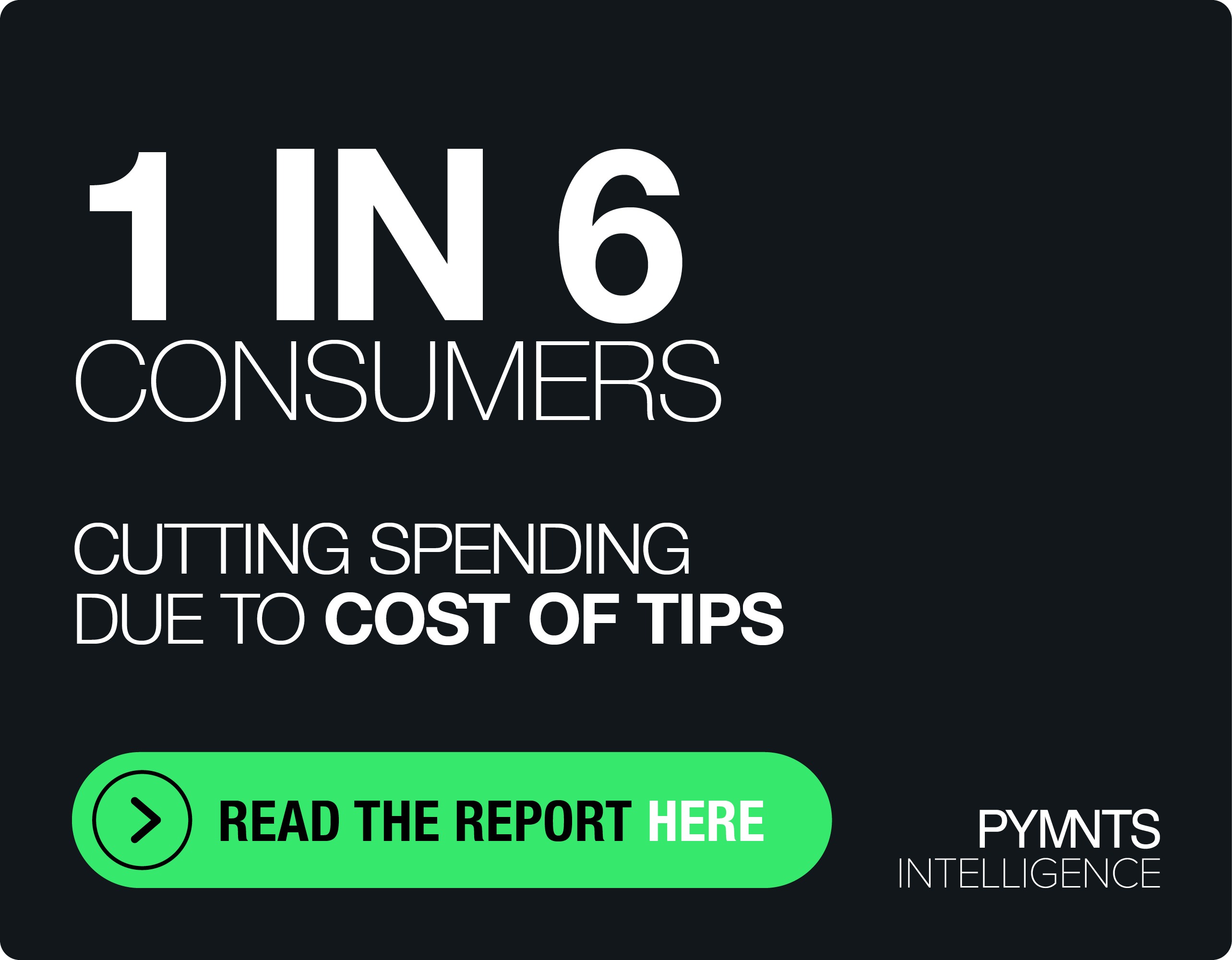Smart Credit Card Use Turns Debt Burdens Into Financial Flywheels
The holidays can be a stressful time financially for many consumers.
Often, those consumers — particularly those living paycheck to paycheck — turn to their credit cards as an essential financing tool. But these quick-fix expenditures can add up.
“Americans now owe over $1 trillion in, in credit card debt. Credit card balances and interest rates are the highest that they’ve been,” Amber Carroll, senior vice president of membership and lifecycle at LendingClub, told PYMNTS in a conversation unpacking findings from the “New Reality Check: The Paycheck-to-Paycheck Report,” a PYMNTS Intelligence collaboration with LendingClub that explores how consumers are using credit as inflation continues.
Within today’s challenging environment it is crucial to understand how consumers are utilizing credit cards and the impact it has on their financial well-being.
“More than half of credit cards are held by consumers who are living paycheck to paycheck,” said Carroll, noting that credit cards are being used by this consumer cohort primarily as a financing tool rather than solely for convenience.
Paycheck-to-paycheck consumers prioritize credit lines, rates and fees when selecting credit cards. They are more likely to utilize flexible repayment options and view credit as a means to manage their finances.
On the other hand, Carroll said, consumers who are not living paycheck to paycheck focus more on rewards and may not take advantage of flexible repayment programs as frequently.
“It will be really important to look at what happens with interest rates over the months ahead. An interest rate cut could mean lower monthly payments. And that’s a trend that will certainly help those who are living paycheck to paycheck and using the revolving capabilities on credit cards,” she added.
The Growing Reliance on Credit Cards as a Means to Get By
Despite the challenges associated with credit card debt, the demand for credit cards is expected to remain strong.
“It’s a positive sign to see that even half of consumers living paycheck to paycheck are maintaining high credit scores. This shows that despite a tighter economic lifestyle, they are still prioritizing good credit behavior,” Carroll said.
“The challenge based on the data we see is managing credit utilization. Credit cards can keep many in debt and it’s very easy for that debt to snowball into more debt or longer running revolving debt,” she said, noting that 43% of all cardholders have had a revolving balance on their credit cards at least occasionally in 2023. And that number has increased from 41% in 2022.
That’s why it is essential for consumers to use credit as a tool rather than a crutch. Paying for urgent purchases in full and keeping credit balances below 30% of available credit are recommended strategies to maintain a healthy credit score.
Carroll points out the fact that many consumers say they used debit cards for their last purchase, indicating that paycheck-to-paycheck consumers are trying to live within their means and avoid overextending themselves on credit cards.
However, credit card usage for financing needs is still prevalent, and it is unlikely to change in the near future.
Carroll noted that close to one-third of consumers say they have reached their credit limit, which is an average of $9,200, at least occasionally in the last year, and that amount more than doubles to about 64% for those who are having a hard time paying bills.
Keys to Improving Overall Financial Health for Consumers
For paycheck-to-paycheck consumers looking to improve their credit scores, a combination of financial education, budgeting tools and credit building strategies is essential, Carroll said.
Actively monitoring credit reports, practicing good credit behavior, avoiding overextension and keeping old credit card lines open can all contribute to improving credit scores and overall financial health.
“Having a diverse mix of credit is a great way to show well-rounded responsible credit usage, but avoid applying for too much new credit in a short amount of time as that can appear like you’re desperate for credit,” says Carroll.
“We’re seeing a lot of high credit usage right now. I think looking ahead, hopefully we will be getting some macro relief around interest rates so that folks can start to pay down those balances and get them into reasonable ranges,” she said.

